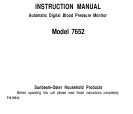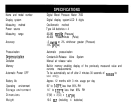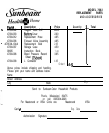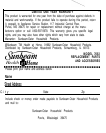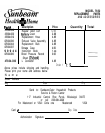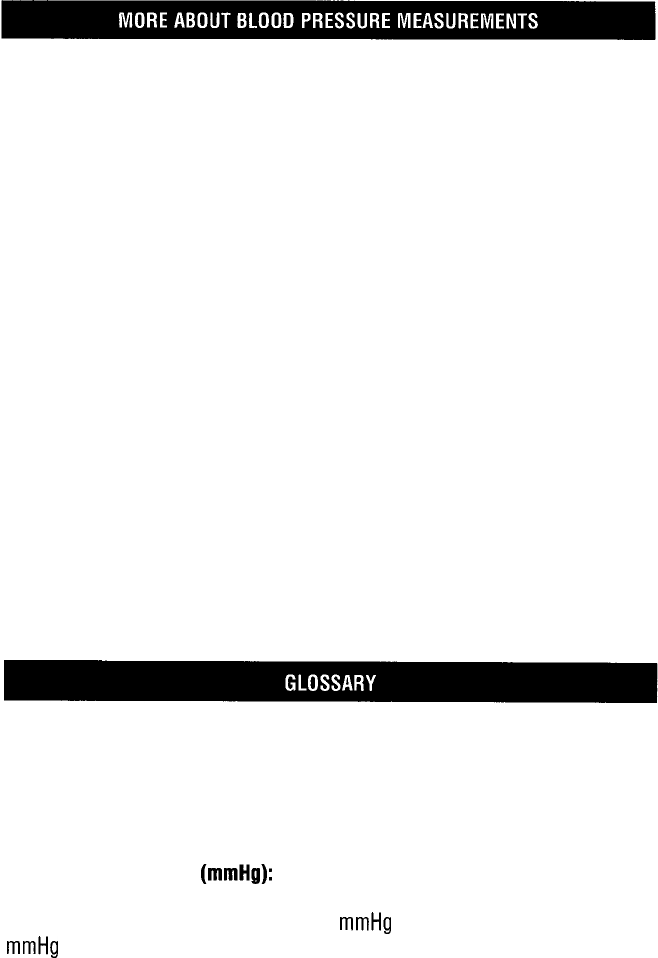
What is Blood Pressure?
Blood pressure is a measurement of the force of blood flowing against the walls of the
arteries. Arterial blood pressure is constantly changing during the course of the cardiac
cycle. The highest pressure in the cycle is called the SYSTOLIC BLOOD PRESSURE;
the lowest is the DIASTOLIC BLOOD PRESSURE. Both pressure readings, the SYS-
TOLIC and DIASTOLIC, are necessary to enable a physician to evaluate the status of a
patient’s blood pressure. Many factors such as physical activity, anxiety, or the time of day,
can influence your blood pressure. Blood pressure is typically low in the morning and
increases from afternoon to evening. It is lower in the summer and higher in the winter.
Why Is It a Good Thing to Measure Blood Pressure at Home?
Having one’s blood pressure measured by a doctor in a hospital or a clinic, and group
health checks, tend to stimulate nervousness in the subject and may even create high blood
pressure. Also blood pressure varies in accordance with a variety of conditions, and so
judgement is not possible on the basis of a single measurement. (See Fig. 2)
The blood pressure measured first thing in the morning after getting up, before taking any
food, and with the subject still, is known as the fundamental blood pressure. In practice it
is rather difficult to record the fundamental blood pressure, but to come as near as possible
to measuring the blood pressure in an environment that is close to this, is why it is useful
to take the measurement at home.
Systolic:
The highest point of blood pressure; level of blood pressure produced
as your heart beats.
Diastolic: The lowest point of blood pressure; level of blood pressure produced
as your heart rests between beats.
Millimeters of Mercury (mmHg): Blood pressure is measured in terms of the
height of mercury in a column. Measurements are written one over the other.
For example, a systolic presssure of 120
mmHg
and diastolic pressure of 80
mmHg
is expressed as “120 over 80.”
IMPORTANT: Only a physician is qualified to interpret your blood pressure
measurements, and no device can replace regular medical examinations by
your physician. It is recommended that your physician review your procedure
for using this blood pressure monitor. Your physician should verify blood
pressure measurements before making adjustments to medication.



